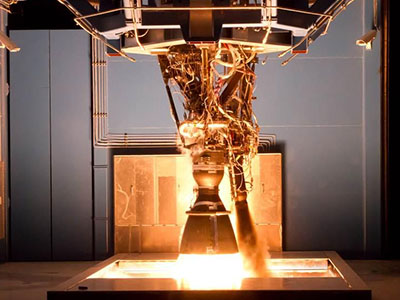Celebrating 100 Successful Passenger Flights
2 Days Ago

With the successful completion of PF141 with Aurora Topaz, FrontierSpace has now reached a new milestone. PF141 was the hundredth successful passenger flight by the company. In fact, FrontierSpace is now the most profitable space tourism industry in North America.
The occasion has been marked by a special event in the Aurora hangar after landing. Dr. Gordon Frohman, chief engineer of the Thor rocket engine, was enthusiastic. He joked, “Hey, if we get free cake, it’s an occasion worth celebrating.”
“We’ve finally got here,” chief test pilot Jebediah Kerman says, cutting cake beside the still-warm Aurora Topaz. “It’s been two hundred launches, but we’ve finally made this milestone.”
The passengers aboard the hundredth flight were given special pendants, with only a hundred minted and given to various people who were involved with the success of the program. One of them quipped that it made her feel like “a particularly corrupt congresswoman.”
Of course, after all that the spacecraft was refurbished as usual and headed out for the 101st successful flight- the first toward the 200-flight milestone.



